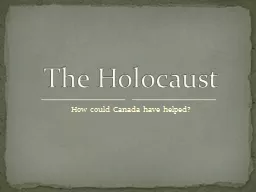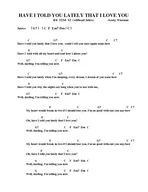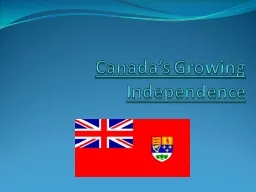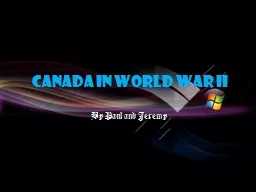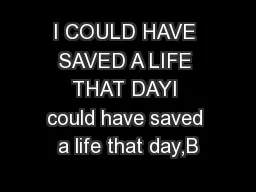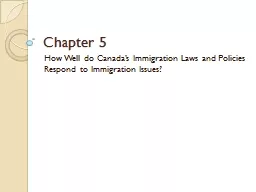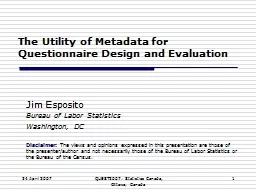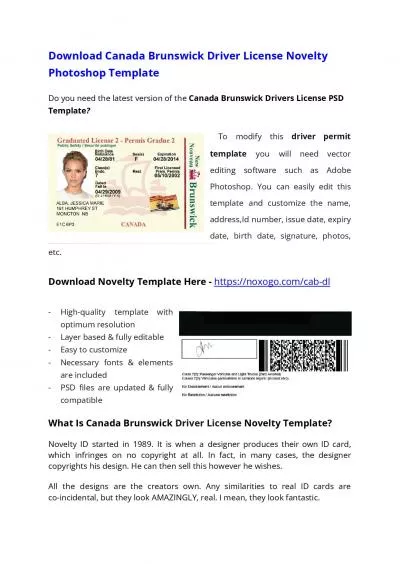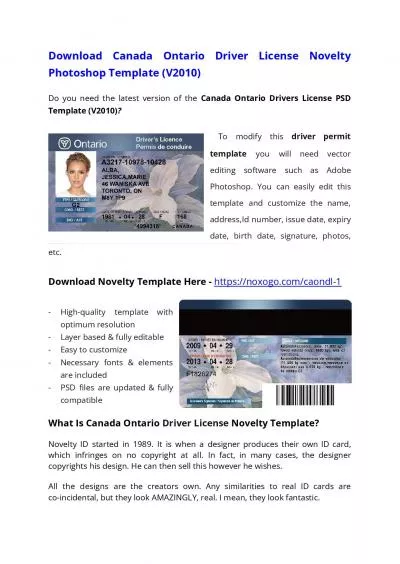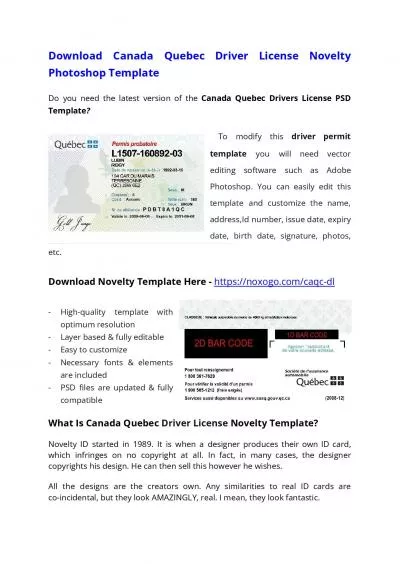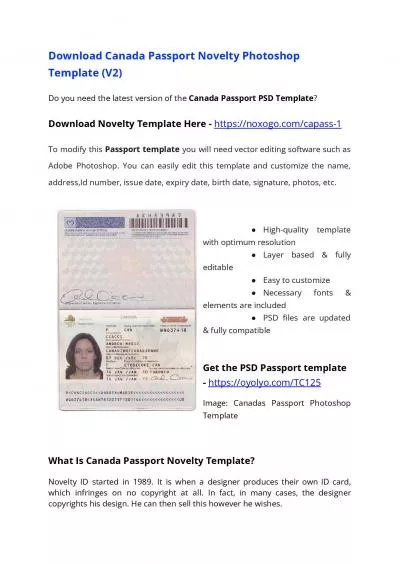PPT-How could Canada have helped?
Author : lois-ondreau | Published Date : 2016-08-13
The Holocaust You had less than 3 minutes to pack clothing and say goodbye to loved ones You were sent to the nearest police cell and forced to sign Form D11 which
Presentation Embed Code
Download Presentation
Download Presentation The PPT/PDF document "How could Canada have helped?" is the property of its rightful owner. Permission is granted to download and print the materials on this website for personal, non-commercial use only, and to display it on your personal computer provided you do not modify the materials and that you retain all copyright notices contained in the materials. By downloading content from our website, you accept the terms of this agreement.
How could Canada have helped?: Transcript
Download Rules Of Document
"How could Canada have helped?"The content belongs to its owner. You may download and print it for personal use, without modification, and keep all copyright notices. By downloading, you agree to these terms.
Related Documents

